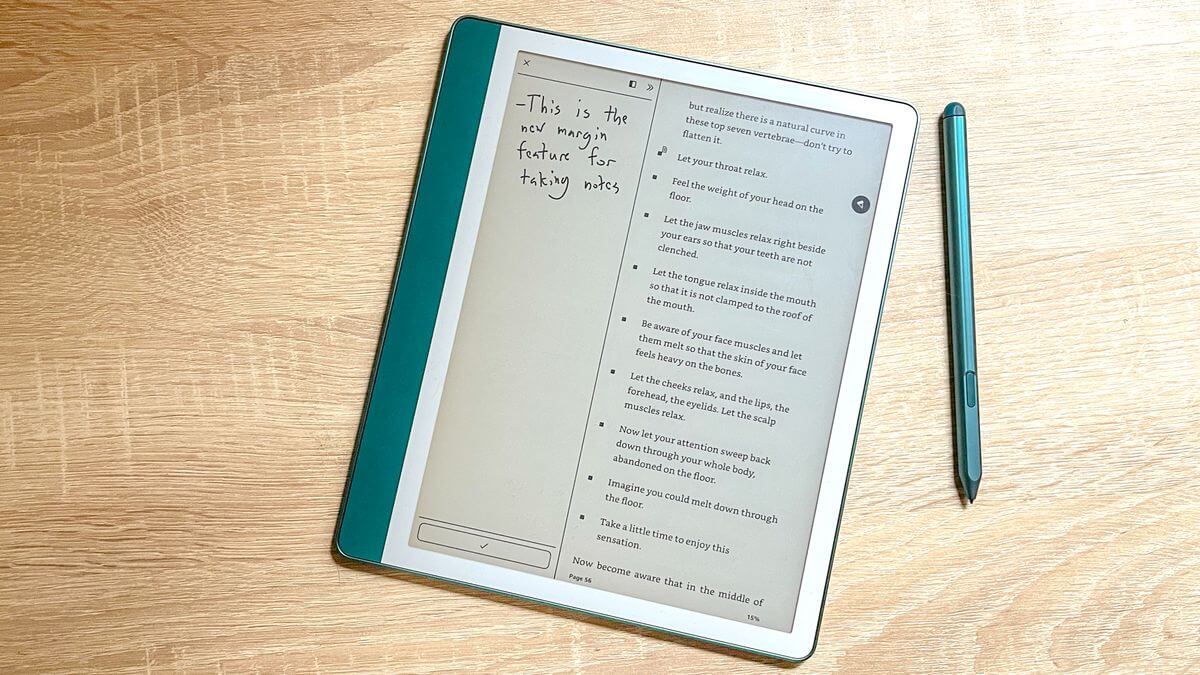The Pomera 250 has been a popular digital typewriter for several years. It has been a Japanese import, and although the UI was in English, most of the keys were still in Japanese. This is all going to change. The company that makes the hardware will sell it to North American customers on February 18th and will cost around $469.99
Pomera has been making these kinds of digital typewriters since 2008 and they have a storied history in this sector. The DM250 replaces the DM 200 that came out in 2016 and has been very popular, thanks to the E INK screen. The old model had a collapsible design, it folded the keyboard into the screen, making it very cumbersome. The Pomera DM 250 has a 7-inch TFT LCD screen with a resolution of 1024×600 and has a full color display. It is compact and can fold inwards to carry it around and then outwards via the hinge system. This makes it highly portable and easily fits in a purse, messenger bag, backpack, or briefcase. Typing on the keyboard is a pure joy thanks to the key pitch of 0.6 inches and the scissor switch keyboard, it is made of silicone.
There is 1.3 GB of internal storage, and your novels, screenplays, or trains of thought can be backed up via cloud storage, which holds an additional 1.3 GB of files. However, if you write like the wind and need even more storage, an SD card slot can hold 32GB. The Pomera’s USB-C port allows you to transfer documents to and from the device. It also has Bluetooth 4.2.
There is a WIFI 4 chip but it doesn’t have internet access, so you won’t be able to surf the internet or access cloud storage solutions, other than the Pomera Cloud. Using the dedicated app Pomera Link, you can connect Pomera and your smartphone via Wi-Fi and send plain text files to each other. It can even generate a QR code and you can access the files on any phone that has a QR app. One trick is to email the txt file to an email address, which is the extent of the mailing system, and then the WIFI shuts off once the doc has been attached and sent.
Michael Kozlowski is the editor-in-chief at Good e-Reader and has written about audiobooks and e-readers for the past fifteen years. Newspapers and websites such as the CBC, CNET, Engadget, Huffington Post and the New York Times have picked up his articles. He Lives in Vancouver, British Columbia, Canada.

